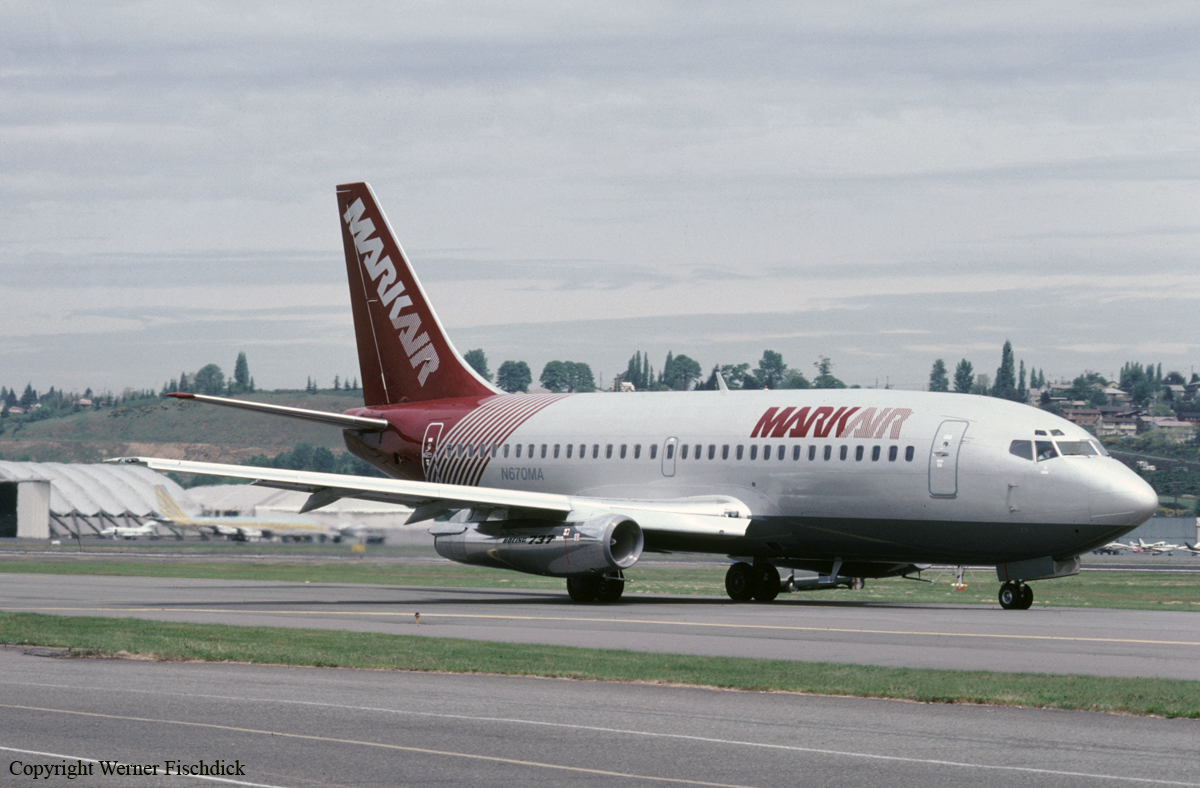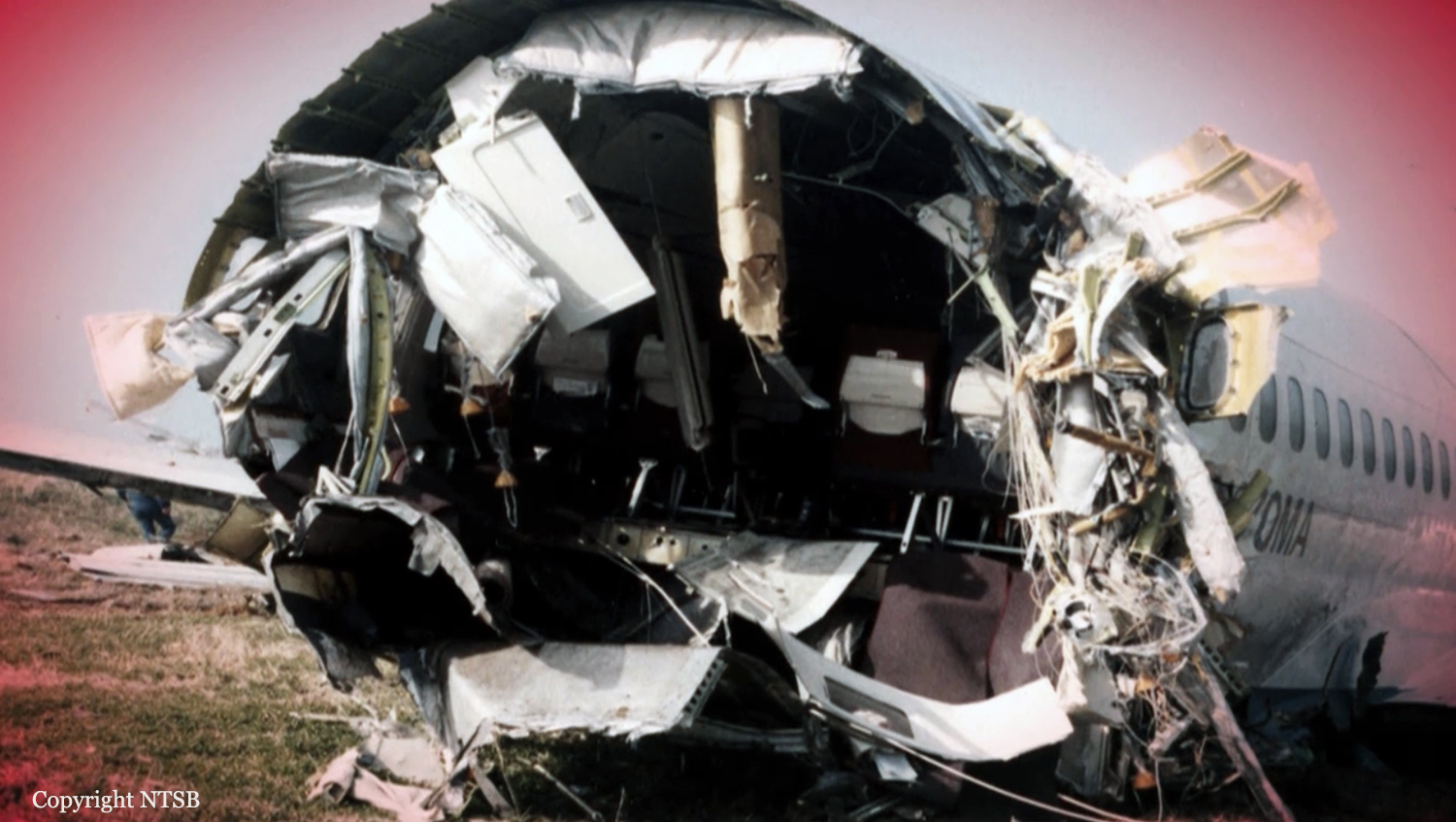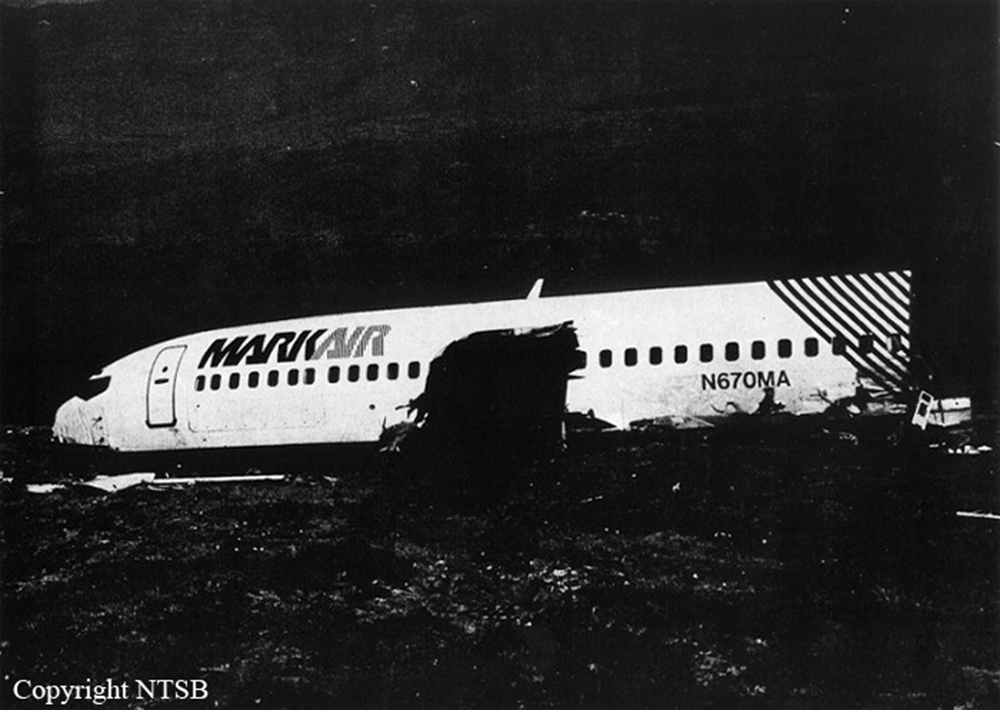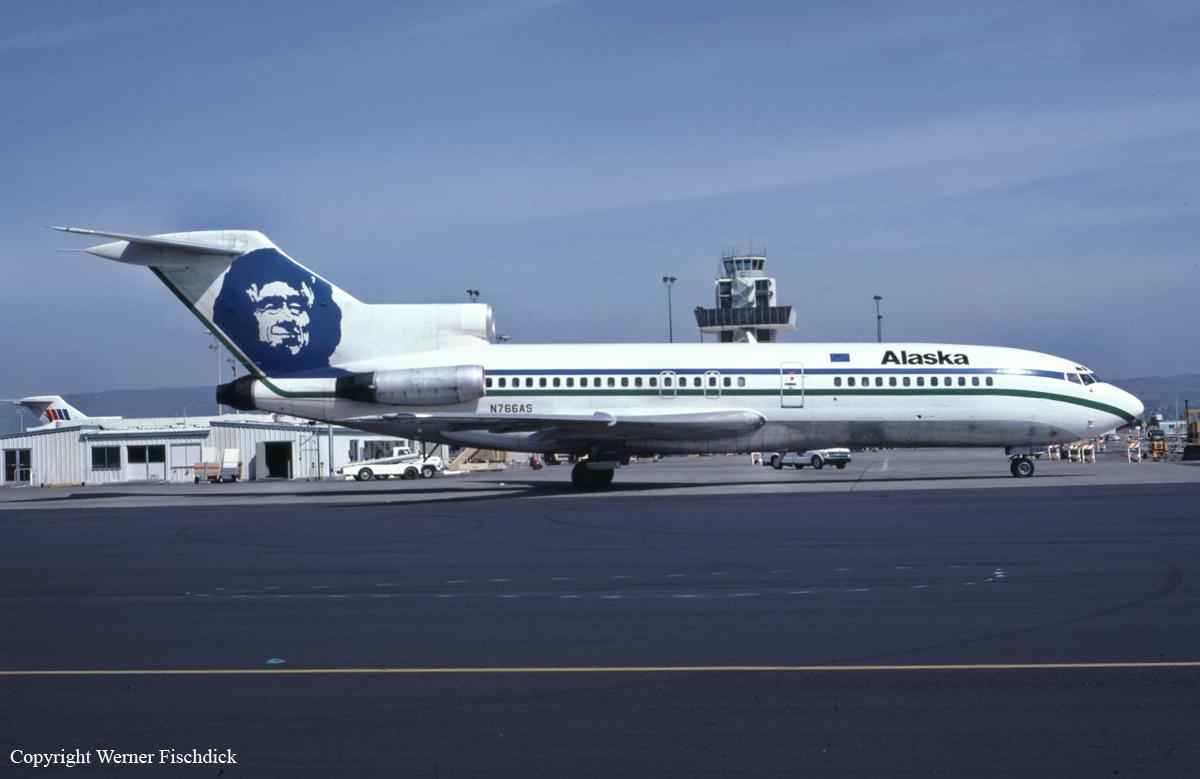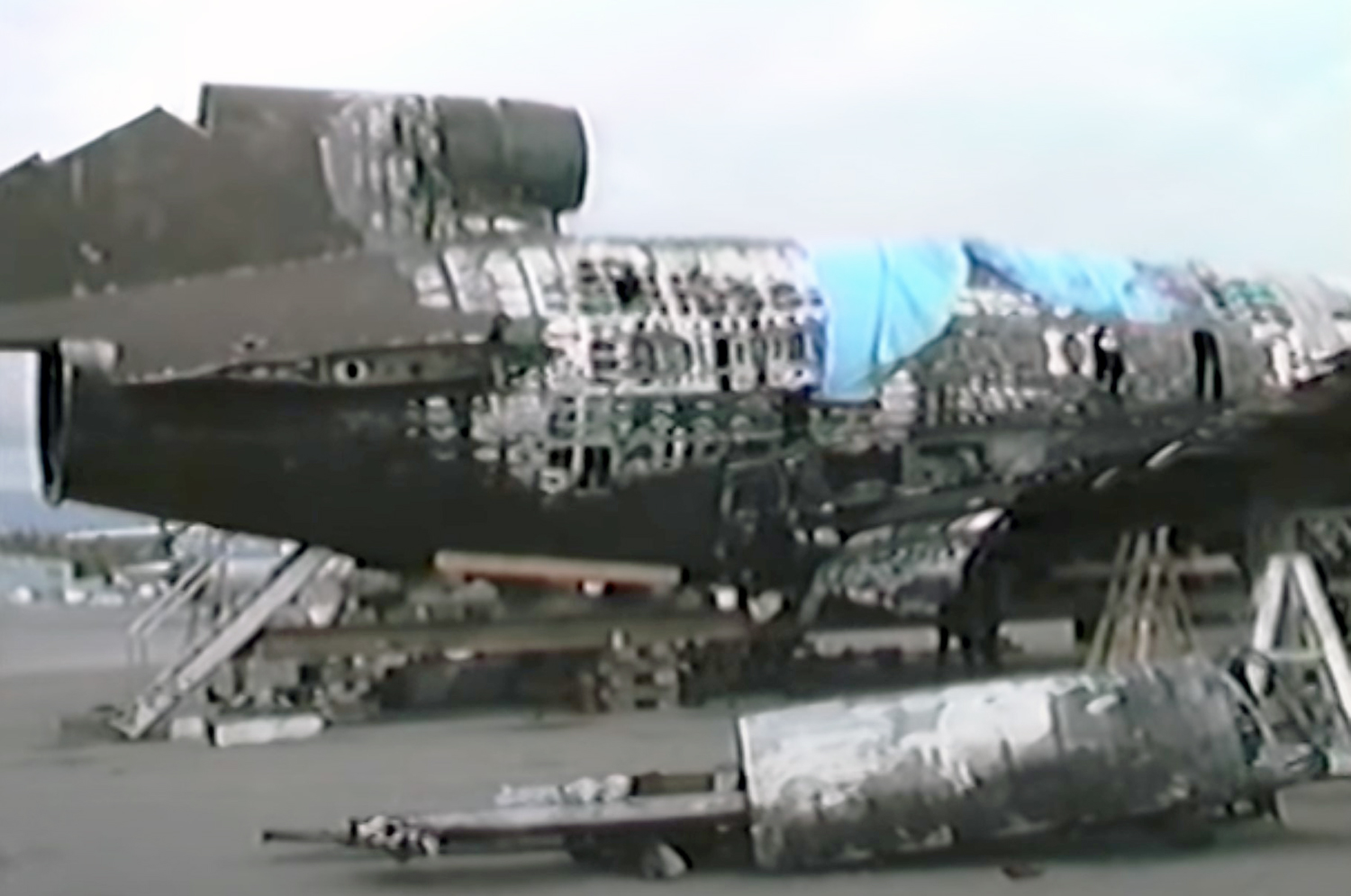Crash of a Boeing 737-2X6C in Unalakleet
Date & Time:
Jun 2, 1990 at 0937 LT
Registration:
N670MA
Survivors:
Yes
Schedule:
Anchorage - Unalakleet
MSN:
23121
YOM:
1984
Flight number:
BF3087
Crew on board:
4
Crew fatalities:
Pax on board:
0
Pax fatalities:
Other fatalities:
Total fatalities:
0
Captain / Total hours on type:
6400.00
Copilot / Total hours on type:
80
Circumstances:
On june 2, 1990, at 09:37 Alaskan daylight time, Markair, Inc., flight 3087, a Boeing 737-2X6C, registered in the us as N670MA, crashed about 7.5 miles short of runway 14, Unalakleet, Alaska, while executing a localizer approach to that runway. The flight originated at 0828 at Anchorage International Airport, Anchorage, Alaska. Instrument meteorological conditions existed at the time, and the flight was on an IFR flight plan. The captain, the first officer, and a flight attendant sustained minor injuries. Another flight attendant sustained serious injuries. There were no passengers on board, and the aircraft was destroyed. The flight was operated under far part 121.
Probable cause:
Deficiencies in flightcrew coordination, their failure to adequately prepare for and properly execute the unk loc runway 14 non precision approach and their subsequent premature descent.
Final Report:
